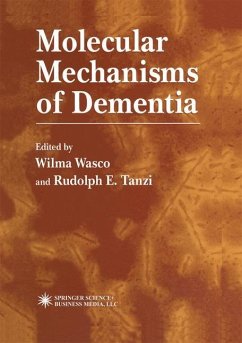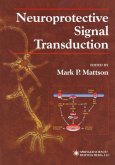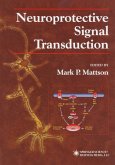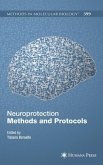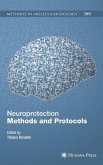The past decade has witnessed a revolution in the attempts of scientists to under stand the molecular basis of dementia. Although dementia, as defined by global cogni tive decline involving gradual loss of memory, reasoning, judgment, and orientation, presents most commonly in the form of Alzheimer's disease (AD), an assortment of other less common disorders, such as prion and Pick's disease, can also lead to symp toms that are similar to those observed in patients with AD. The primary goal of Molecular Mechanisms of Dementia is to address the various mechanisms and multi faceted approaches currently being employed to more clearly delineate the etiological and pathogenic events responsible for the onset of dementia. Perhaps the greatest boon to obtaining a clearer understanding of the causes of AD has come from genetic and molecular biological studies carried out over the past decade. At the genetic level, it has become increasingly clear that AD is a heteroge neous disorder thatcan be broadly classified into two categories. "Late onset" (60 yr) cases, which account for the vast majority of AD, genetically involve "susceptibility" genes representing risk factors for the disease (e. g. , inheritance of the 84 allele of the Apolipoprotein E gene). In many cases, the susceptibility gene can act as a "modifier" that modulates the pathogenic cascade occurring subsequent to a separate etiological event "initiating" or "causing" the disorder.
Hinweis: Dieser Artikel kann nur an eine deutsche Lieferadresse ausgeliefert werden.
Hinweis: Dieser Artikel kann nur an eine deutsche Lieferadresse ausgeliefert werden.
In conclusion, the first chapters of this book provide a lot of very recent information related to the production and the toxicity of the amyloid peptide as well as to the possible role of new genes involved in Alzheimer's disease. It represents a very interesting review for scientists studying the cellular and molecular mechanisms involved in the neurodegeneration of Alzheimer's disease.-ACTA Neurologica Belgica "The text is logically organized, which helps in making a transition from one subject to the other. The topics are well selected; classical, and new, often controversial, research is covered. Each chapter is succinct and ends with an informative summary...this expertly written overview also provides directions for future studies...a valuable reference and source of inspiration. It is highly recommended to all interested in the molecular basis of neurodegenerative diseases."-Cell Biology International

